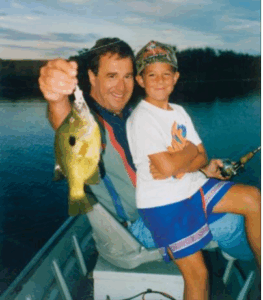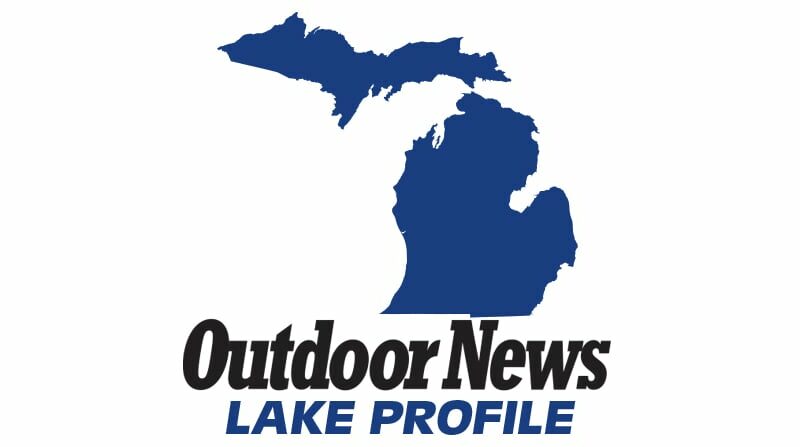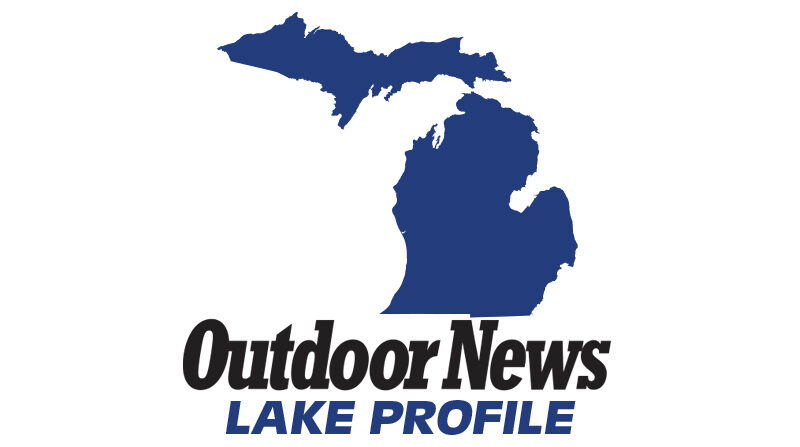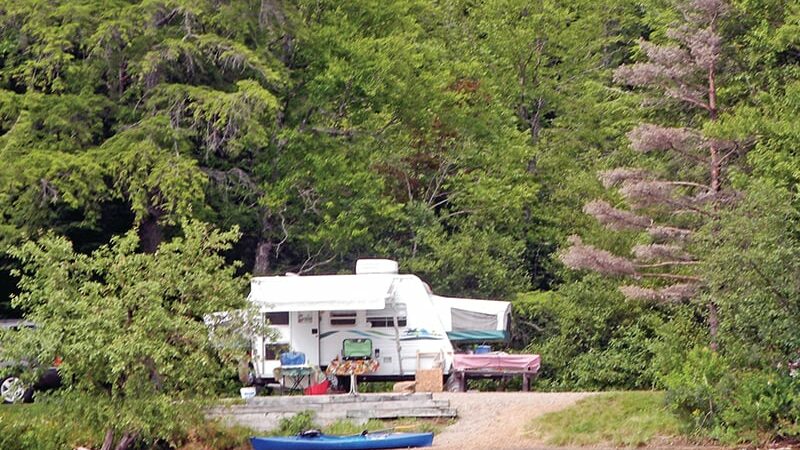Public invited to comment on Minnesota DNR’s muskie plan update – Outdoor News
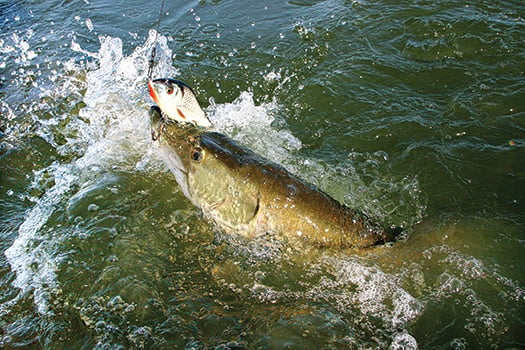
St. Paul — The Minnesota DNR is inviting citizens to share their thoughts on a draft update of the state’s long-range plan for muskellunge.
“Public input, stakeholder discussions, and conversations with our tribal partners have been critical in shaping the draft plan,” said Leslie George, northeast region fisheries manager. “Before finalizing the plan for muskie management moving forward, we want to ensure that we consider the perspectives and opportunities desired by our constituents.”
The draft plan will be used to guide muskie management in Minnesota for the next 15 years (until 2040). It includes management goals, objectives, and strategies centered on improving existing muskie populations, shifting approaches in the production of muskies to be stocked, continuing hybrid (tiger) muskellunge management in the metro area, and broadening research and education efforts.
Although there was interest in adding new waters to the statewide muskie-stocking program, public input focused on first improving existing lakes, especially the key muskie fisheries of Lake Mille Lacs, Lake Vermilion, and Lake Minnetonka.
MORE MUSKIE COVERAGE FROM OUTDOOR NEWS:
Ron Schara: Angler education is the key regarding forward-facing sonar
Bemidji State University to study muskie survival, movement in Minnesota’s Leech Lake
Commentary: Let’s examine potential solutions of the forward-facing sonar issue and muskies
Public review and comment opportunities
Anyone may obtain a digital copy of the draft plan on the Minnesota DNR’s muskie page.
DNR staff will host an evening online webinar to provide an overview of the plan and its purpose, answer questions, and collect public input. The online webinar is scheduled for 6-7 p.m. on Wednesday, May 28, and a link to the webinar is available on the Minnesota DNR’s muskie page.
Registration is not required for the event.
Comments may also be submitted by emailing [email protected]; using the online survey available on the DNR’s muskie page; or writing to Kelly Wilder, Minnesota Department of Natural Resources – FAW, 500 Lafayette Road, St. Paul, MN 55155
The DNR is accepting comments on the draft plan update through Thursday, June 12.
Muskie background
The Minnesota DNR manages muskies by protecting critical habitat on native muskie waters, stocking them into select other waters, setting harvest and season regulations, population monitoring and research, and outreach and education about muskies.
Minnesota has 101 waters managed for muskies, comprising 2% of the state’s fishable lakes and rivers and 22% of the total surface area that is fishable. Muskies have been introduced in 48 lakes and are maintained in these lakes through stocking. The state record muskie for catch-and-release length is 58.25 inches, caught on Mille Lacs in 2022.
Recent DNR research on muskie diets shows that, on a population level, pike and bass consume much more food than do muskies in the lakes where they are present. The research also found that muskies consumed a wide range of prey, but the primary makeup of muskie diets includes yellow perch, white suckers, bullheads, invertebrates, and northern pike.
Ciscoes can also be important in those lakes where they are abundant. Walleye were not an important component of muskie diets.
The DNR says it will continue to manage muskie populations in a way that maintains fish community balance.
More information about the species is available on the Minnesota DNR’s muskie page.
Muskie plan nuggets
• The earliest documented efforts of propagating and stocking muskellunge in Minnesota occurred in 1911 and continued with limited success throughout the early 1900s. During the late 1970s and early 1980s, attention was focused on native muskellunge waters in the Upper Mississippi River drainage basin. Successful spawn-taking operations on Leech Lake began in 1981.
• Muskellunge angling regulations remained largely unchanged until the 1980s. Subsequent changes were made incrementally as anglers desired progressively larger fish. The first statewide minimum size limit for muskellunge was instituted in 1983 and has undergone three additional increases, culminating at 54 inches in 2015.
• The DNR muskellunge production and stocking program is based primarily on fall fingerlings, which average 10 to 11 inches and are stocked in October. On an annual basis, approximately 27,000 fall fingerlings must be produced to meet the existing statewide quotas.
Per the plan: Sufficient evidence exists that muskellunge yearlings survive better than fall fingerlings in Wisconsin, Iowa, and Minnesota with equivalency stocking ratios of at least 5:1. As a result, the DNR implemented a 5:1 stocking equivalency ratio for fall fingerlings to fall yearlings in 2024.
The stocking ratio shall remain unchanged until sufficient data from long-term monitoring finds lower or higher survival of stocked yearlings that would justify adjustments to the stocking ratio.

